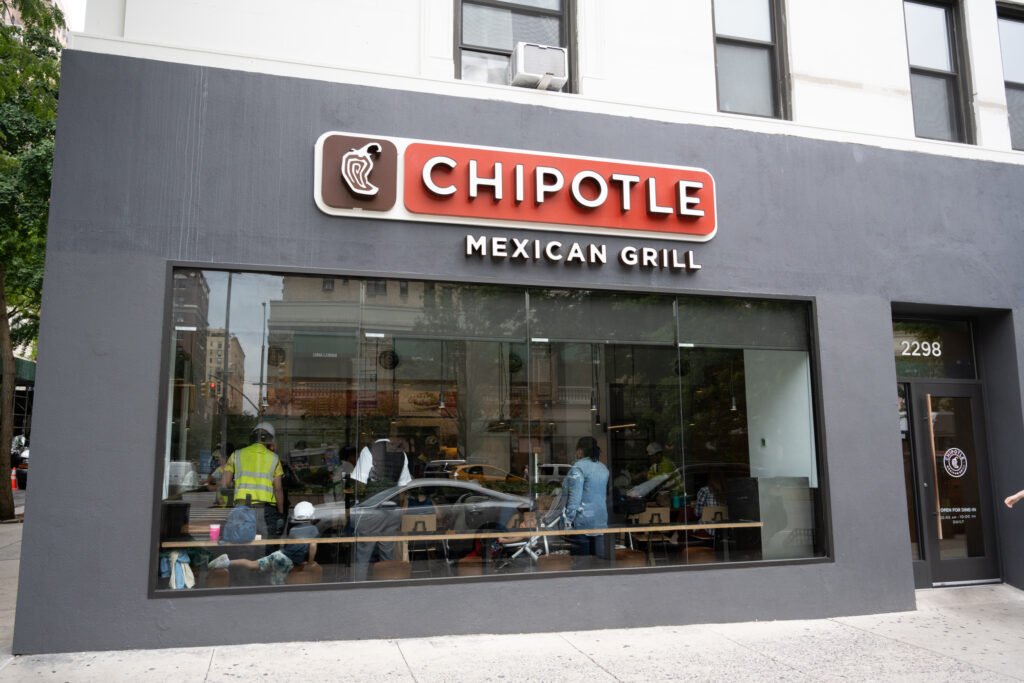Boom in the Restaurant Industry Despite Economic Challenges
Despite rising food costs and inflation concerns, the restaurant industry in the United States continues to grow, with total sales expected to surpass $1.1 trillion in 2025, according to the National Restaurant Association. Consumers are returning to dining out more frequently, but their expectations and preferences are shifting.
Fast Food and Quick-Service Restaurants Lead the Market
Fast-food and quick-service restaurants (QSRs) remain the largest segment, accounting for nearly 60% of total restaurant sales. Chains like McDonald’s, Chick-fil-A, and Chipotle have continued to expand, with a strong focus on digital ordering, drive-thru efficiency, and menu innovation.
Rise of Ghost Kitchens and Delivery Services
Online food delivery services such as Uber Eats, DoorDash, and Grubhub have fueled the growth of ghost kitchens—restaurants that operate without a dine-in option, focusing solely on delivery and takeout. This trend has allowed businesses to reduce overhead costs while catering to the increasing demand for convenience.
Fine Dining Makes a Comeback
Luxury and fine-dining establishments, which suffered significant losses during the COVID-19 pandemic, are experiencing a resurgence. Michelin-starred restaurants in cities like New York, Los Angeles, and Chicago have seen an increase in reservations, often booking out weeks in advance. Consumers are willing to spend more for premium dining experiences, emphasizing quality ingredients and unique culinary concepts.
Sustainability and Health-Conscious Menus on the Rise
More restaurants are adopting eco-friendly practices, including reducing food waste, sourcing local ingredients, and offering plant-based menu options. Chains like Sweetgreen and Panera Bread are expanding their plant-based selections, while major fast-food brands have introduced vegetarian and vegan-friendly options to meet demand.
Challenges Facing the Industry
While the restaurant sector is growing, challenges remain:
- Labor Shortages: Many restaurants struggle to hire and retain staff, leading to wage increases and new automation trends, such as self-order kiosks and robotic kitchen assistants.
- Inflation and Rising Costs: Food prices have increased by nearly 4% in the past year, prompting restaurants to adjust pricing and portion sizes.
- Changing Consumer Habits: Customers are prioritizing convenience, leading to increased demand for takeout, drive-thru, and digital ordering over traditional dine-in experiences.
Future Outlook
As technology continues to shape the industry, restaurants will need to adapt to evolving consumer behaviors. The integration of artificial intelligence in customer service, automated kitchens, and personalized digital menus is expected to revolutionize the dining experience in the coming years.





